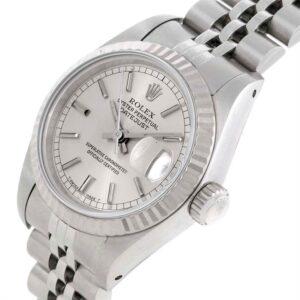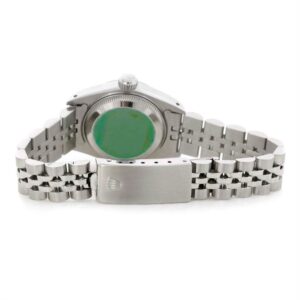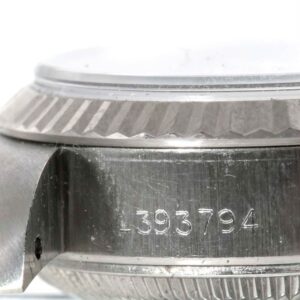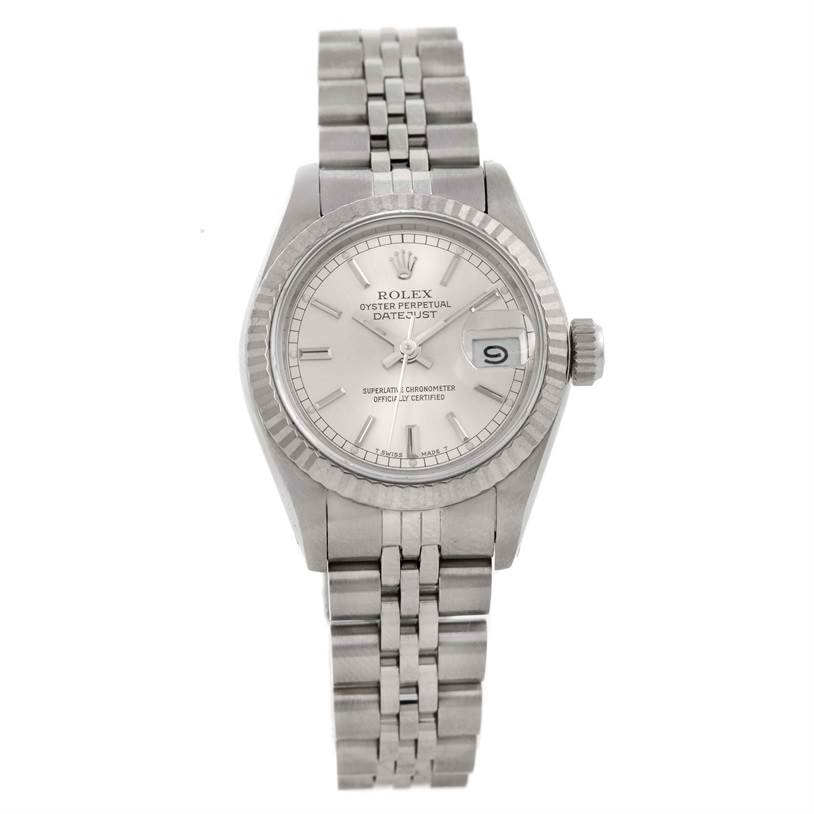There have been so many references to the Daytona since its introduction in 1963, which is one of the reasons I like it. 


It has evolved in so many ways, and clone Rolex has been playing around with it, especially in the 1990s and 2000s when they started setting stones and coming out with hard stone dial versions like the Daytona Beach.
Finally, in 2012, they introduced the Rainbow, my favorite modern Daytona (if we were talking vintage, it would be a gold Paul Newman, probably JPS).
The initial feedback from collectors was that it was rather flashy – similar to Leopard Daytona’s reception when it was introduced a few years ago.
But a few years later, when many brands introduced their rainbows, Rolex’s status as a true innovator was confirmed. More people began to recognize how great the gem settings on Rolex sports copy watches were and how rare these pieces were.
The gemstones are set in the strongest way possible – the “Rolex way”. Rolex makes watches you can wear confidently every day – that’s why they don’t make minute repeaters or perpetual calendars – they’re just too delicate. The quality of the gem setting, however, is simply outstanding.
In addition, the quality of the stones is outstanding. They use internally flawless stones, colour-matched and precisely cut – all hand-picked and handset.
In my opinion, the combination of the quality of the stones and the quality of the settings is even better than the top jewellery companies. Rolex has done the best.
Patek Philippe has been making perpetual calendar chronographs since 1941, from the ref. 1518 to today’s ref. 5270. Patek Philippe was the first brand to make series-produced perpetual calendars and perpetual calendar clocks, and in my opinion, it is still the best.
Both were introduced in 1941, amid World War II, and no other brand offered a perpetual calendar fake watch until Audemars Piguet in 1955. No other production perpetual calendar chronograph existed until IWC’s Da Vinci in 1986.
